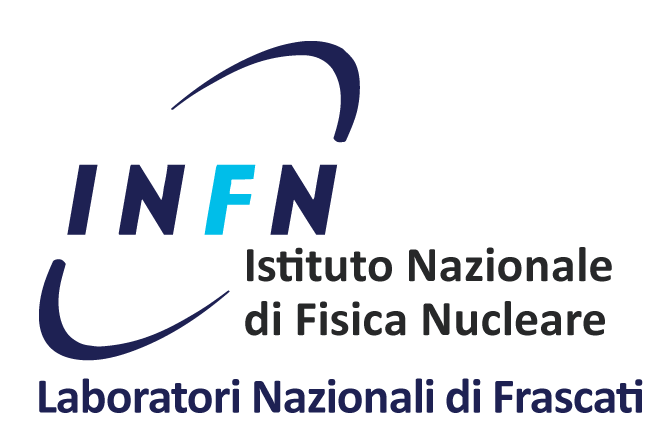Recent progress in technological developments allow to explore the quantum properties of very complex systems, bringing the question of whether also macroscopic systems share such features, within experimental reach. It seems feasible to generate for instance quantum superposition states of particles of mass of one million amu (atomic mass unit) [1]. The interest in such experiments is increased by the fact that, on the theory side, many suggest that the quantum superposition principle is not exact, departures from it being the larger, the more macroscopic the system [2]. We will put a special emphasis on possible tests of the GRW model, which provides the most challenging parameter set. We will report on new proposals to experimentally test the superposition principle with non-interferometric methods. Testing the superposition principle intrinsically also means to test suggested extensions of quantum theory, so-called collapse models. Such collapse models predict a heating effect, which results in a random motion of any isolated particle in space. The heating can be monitored using optomechanical systems even in the classical regime, if competing sources of heat can be reduced sufficiently. We will emphasise levitated optomechanical systems and discuss the possibility to test the heating effect by detecting the motion of the particle in space [4] as well as in the frequency domain where heating is manifested as spectral broadening [5]. We will show quantitative calculations for experiments in both regimes and compare to the state-of-the-art. We will also report on the status of our experiments on optical levitation and parametric feedback cooling of the 3d motion of dielectric nanoparticles at high vacuum conditions.
References
[1] Bateman, J., S. Nimmrichter, K. Hornberger, and H. Ulbricht, Near-field interferometry of a free-falling nanoparticle from a point-like source, Nat. Com. 5, 4788 (2014).
[2] Bassi, A., K. Lochan, S. Satin, T.P. Singh, and H. Ulbricht, Models of Wave-function Collapse, Underlying Theories, and Experimental Tests, Rev. Mod. Phys. 85, 471 - 527 (2013).
[3] Bahrami, M., A. Bassi, and H. Ulbricht, Testing the quantum superposition principle in the frequency domain, Phys. Rev. A 89, 032127 (2014).
[4] Bera, S., B. Motwani, T.P. Singh, and H. Ulbricht, A proposal for the experimental detection of CSL induced random walk, Sci. Rep. 5, 7664 (2015).
[5] Bahrami, M., M. Paternostro, A. Bassi, and H. Ulbricht, Non-interferometric Test of Collapse Models in Optomechanical Systems, Phys. Rev. Lett. 112, 210404 (2014).


